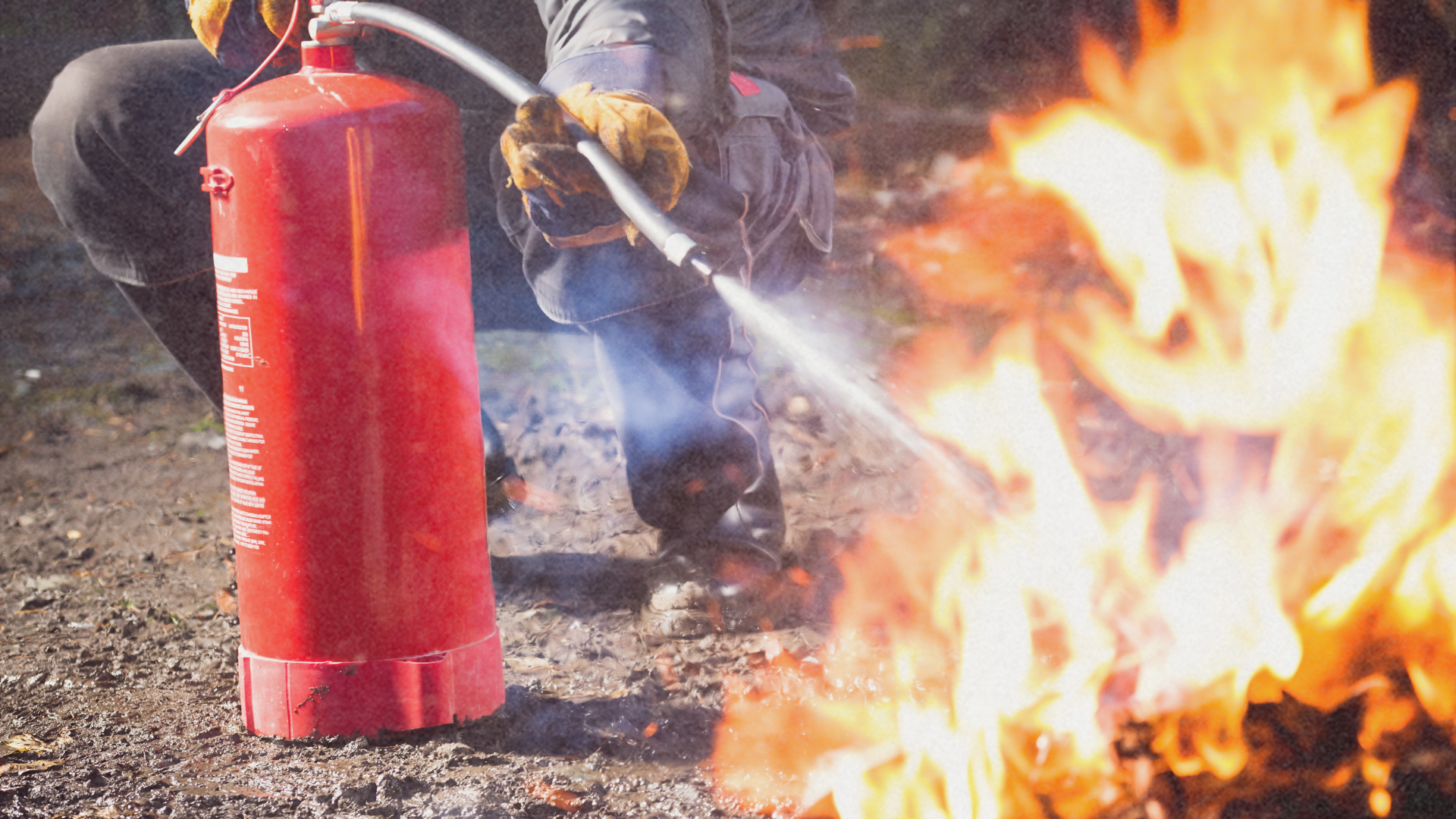Australia, Canada, United Kingdom, and New Zealand also issued their own security warnings in the country on September 29, following the security warning earlier issued by the US Embassy. Australia and UK, in particular, categorized the security alert under terrorism threat.
According to the British Foreign and Commonwealth Office (FCO) website, “This advice has been reviewed and reissued with amendment to the Travel Summary (US Embassy message about a threat to US citizens). The overall level of the advice has not changed, we advise against all travel to specific areas of the Philippines and against all but essential travel to other specific areas of the Philippines.”
The travel advice in the FCO website further stated that, “The US Embassy in Manila has issued a message advising of a threat against US citizens in Manila, particularly in the Pasay City neighbourhood. The threat is considered to be in effect until 10 October 2012. Any attack could be indiscriminate and we advise British nationals to exercise particular caution and extra vigilance in places frequented by expatriates and foreign nations.”
The UK travel advisory for the Philippines mentioned that indiscriminate attacks could happen in airports, shopping malls, places of worship, and many other areas frequented by Westerners. It also advised British nationals against travelling to “south west Mindanao and Sulu archipelago” due to kidnapping threats.
Meanwhile, the Foreign Affairs and International Trade Canada website warned that, “Canadians should maintain a high level of personal security awareness at all times and avoid any protests, demonstrations, political rallies, or large gatherings as they may turn violent without notice.”
The Canadian advisory also said, “Continuing reports suggest that there is an ongoing terrorist threat to Westerners and Western interests in the Philippines. Bomb attacks could occur at any time in Manila and other key cities. Targets could include places frequented by foreigners, such as large shopping malls and convention centres. Visitors can expect to be subject to frequent security checks at public and private facilities, including shopping malls and public transportation stations.”
It also particularly advised Canadians to avoid all travel to the “Autonomous Region of Muslim Mindanao and vicinity” based on “serious threat of terrorist attacks and kidnapping,” not to mention attacks waged by local insurgents.
Consequently, the Australian Department of Foreign Affairs and Trade issued a travel advisory characterized by the following: “exercise a high degree of caution” in all areas, “reconsider your need to travel” to Eastern Mindanao, and “do not travel” to Central and Western Mindanao, including the Zamboanga Peninsula, and the Sulu Archipelago.
According to the Australian advisory, “We continue to strongly advise you not to travel to central and western Mindanao, including Zamboanga Peninsula and Sulu Archipelago, due to the very high threat of terrorist attack, kidnapping, violent crime and violent clashes between armed groups. We continue to advise you to reconsider your need to travel to Eastern Mindanao.”
New Zealand Embassy in Manila also warned New Zealanders in the Philippines about the “potential threat” shortly after the US Embassy had announced the security warning.
But amidst the security warning previously issued by the US Embassy, Chief Superintendent Leonardo Espina of the National Capital Region Police Office claimed on September 30 that there’s “no imminent threat” and “security system is in place,” according to GMA News.





